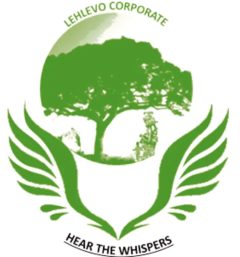They are returning, they are returning, they are returning home. Are you among them? Exquisite To the Whisper as home to the returners.
The Cradle of Humankind is a UNESCO World Heritage Site in South Africa, about 50 km northwest of Johannesburg. It’s a key location for understanding human evolution because it contains the largest concentration of human ancestral remains anywhere in the world. The area is a landscape of rolling grassland and rocky outcrops, dotted with a complex system of subterranean limestone caves that have preserved a rich fossil record.

Significance and Major Discoveries 🦴
The name “Cradle of Humankind” reflects the idea that this region is the birthplace of humanity, supporting the “Out of Africa” theory, which posits that humans evolved in Africa before spreading across the globe. Since the 1930s, paleoanthropologists have been uncovering a wealth of fossils here, providing crucial insights into our shared history.
- Sterkfontein Caves: This is the most famous site in the Cradle of Humankind. It’s yielded more than a third of all early hominid fossils found to date. Notable discoveries include “Mrs. Ples,” a skull of an Australopithecus africanus dating back over 2 million years

, and the nearly complete skeleton of “Little Foot,” another Australopithecus specimen.
- Swartkrans: This site has provided evidence of two distinct hominin species coexisting and has yielded some of the earliest known evidence of the controlled use of fire by our ancestors, dating back over a million years.
- Kromdraai: This is where the first remains of the robust ape-man, Paranthropus robustus, were discovered. The site continues to be a source of new fossils, shedding light on the diversity of early hominin species.
- Rising Star Cave: One of the most recent and significant discoveries, this cave system revealed over 1,550 fossil elements from a new species of hominin, “Homo naledi.” This discovery is the single largest find of its kind in Africa and has challenged our understanding of the human family tree.

Visitor Experience and Aspirations 🌍
The primary visitor centers for the Cradle of Humankind are the Maropeng Visitor Centre and the Sterkfontein Caves. The name “Maropeng” means “returning to the place of origin” in Setswana, one of South Africa’s official languages. This speaks to the aspirational faith of the site: that by exploring our past, we can better understand our present and shape our future.
The centers aim to be more than just museums. They are designed to be a place of reflection and learning, with interactive exhibits that take visitors on a journey through the evolution of the universe, our planet, and ourselves. This journey invites people to connect with their deep ancestry and consider their role in the ongoing story of humankind. The aspirational faith of the Cradle of Humankind, therefore, lies in the power of knowledge and shared origins to inspire a sense of unity and responsibility for our collective future. It’s a place where science and humanity’s shared story intersect, fostering a deeper appreciation for our common heritage.
Yet to come home? Engage The Whisper’ Endorsement Of Our Shared Humanity via email at travel@lehlevocorporate.co.za or via call on +27 (0) 82 284 4051
